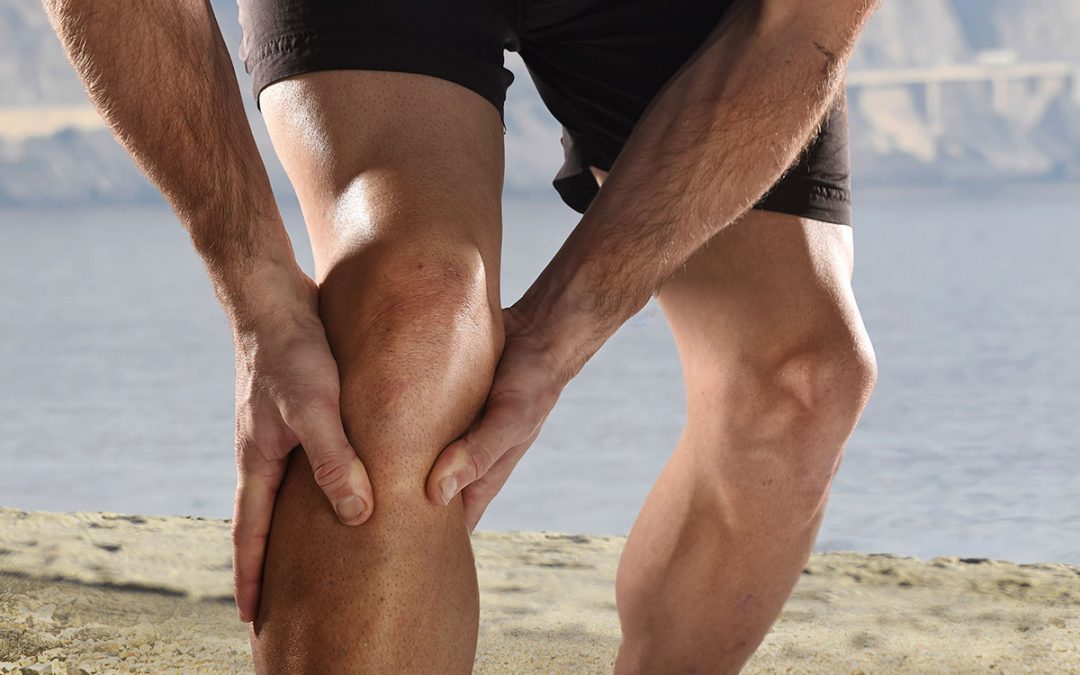Because we do three different sports, there are many ways for triathletes to get injured. The key to minimizing downtime from injuries is to catch the injury early on so that you can make as full and quick a recovery as possible.
Acute injuries, like an injury you’d sustain from tripping on a rock or crashing on your bike, are easier to identify because a body part will suddenly hurt. Chronic overuse injuries, on the other hand, begin as a small irritation and their cause may be more difficult to pinpoint.
Below are some warning signs that you should not ignore. While you may not want to have your training thrown off by an injury, getting treatment early may be the difference between missing a single race and missing an entire season.
Warning Signs
The first step to treating injuries is recognizing that you have one. Below is a list of warning signs that your body gives you when it is injured. The key is to pay attention to them! You may be injured if:
- You have trouble falling or staying asleep because of an ache or pain;
- A joint on one side of your body is sore to touch but not the same joint on the other side;
- You notice that you are limping, or creating a hitch in your stroke while swimming or pedaling on the bike, to avoid pain;
- You experience pain as you begin a workout;
- A pain persists well-past the workout;
- You feel overly stiff;
- You notice a specific activity, like going upstairs, aggravates a part of your body;
- Your range of motion decreases;
- You feel any swelling near a joint; or
- You experience numbness or tingling.
Common Triathlete Injuries
Tendinitis – Tendinitis happens when the tissue (tendons/ligaments) connecting the muscles to the bone becomes irritated and inflamed. Triathletes often experience rotator cuff tendinitis (at the shoulder) from poor swimming technique or overuse, patellar tendinitis (at the kneecap) from their riding position and achilles tendinitis from running. If you notice symptoms in these areas it is a good idea to rest them until you can get checked out by a physical therapist.
Shin Splints – Shin splits start as a dull ache on the shin. If you start feeling the ache in your shins, be very careful because this could progress to a stress fracture. In addition to seeing a sports doctor and/or a physical therapist, you should make foam rolling a priority. In general, to prevent shin splints from occurring in the first place, a good rule of thumb is to now increase run volume by more than 10% each week.
Stress Fractures – Like tendinitis, stress fractures can occur in many different bones. It is common to get stress fractures in the foot because of the repetitive pounding while running. However, there have also been athletes who have had stress fractures in the hips due to bike position. In addition to seeing a doctor, think back to what changes you may have made recently, such as a new model of running shoe or bike fit.
Please Don’t Ignore the Warning Signs
It is easy to fall into the mentality of pushing through an injury. As athletes, we pride ourselves in our ability to push through tough workouts and painful races. However, continuing to train while injured can potentially lead to a much worse diagnosis. Take the time and schedule with a medical professional to review your symptoms and determine whether or not you should continue to train, modify your training or rest.


